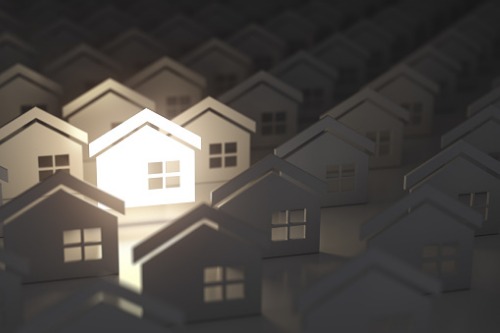Figures released by the ABS demonstrate a worrying trend

Ensuring that housing approvals remain steadily on par with a region, city or state’s population growth is one of the many hurdles industry professionals experience as it relates to combating a rapid uptick in housing prices.
That is why figures released yesterday by the Australian Bureau of Statistics (ABS) demonstrated a worrying trend where housing approvals are failing to keep pace with New South Wales’ growing population.
It’s not all bad news, as the state has experienced a modest rise in the number of dwelling approvals to the tune of 1.6% - however, that figure has been counteracted by a 3.4% decline in private sector housing approvals in the month of November.
Whilst Urban Taskforce chief executive officer Tom Forrest welcomed the release by the ABS, he noted his concern surrounding a further drop off in the trend line for private sector stand-alone housing approvals.
“The approvals numbers released by the ABS today show a welcome improvement in the approval rate for residential apartments. But the number of houses (stand-alone private sector residential dwellings) approved was the lowest in a single month since August 2013,” he said.
“In order to reach the new housing target of 36,000 housing completions each year, a target which was identified by the Greater Sydney Commission, over 60,000 approvals per year are needed to meet the GSC target.
“Over the past 12 months, only 50,000 approvals have been granted and today’s release consolidates that downward trend.
“The planning system is the bottleneck here, and developers have land ready to create thousands of new homes in western, north-western and south-western Sydney as well as urban renewal opportunities.”
Forrest said the New South Wales government is spending billions of dollars on transformative transport infrastructure, but it’s the gap in infrastructure funding for roads and water including potable water, sewerage and storm water infrastructure which is holding back the NSW economy and pushing the prices up on existing homes.
“This is alarming news for the NSW Treasury as the long-term trends show that approvals are dropping well below population growth, and that can mean only one thing; prices go up,” he said.
“The Premier has declared that planning reform is the number one policy priority for NSW in 2020.
“What is clear now is that this requires more than cosmetic change; something needs to be done to clear the backlog and significantly reduce the timeframes for having development applications approved.
“Where councils are not delivering actual housing stock on the ground, planning powers must be taken from them or the entire state economy will suffer the consequences.”
Forrest said the ABS data clearly shows that the number of houses (stand-alone dwellings) approved has further fallen and sits well below approvals in Victoria.



